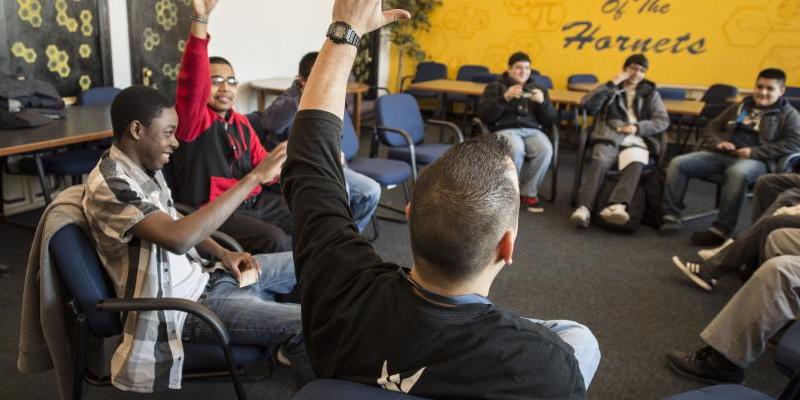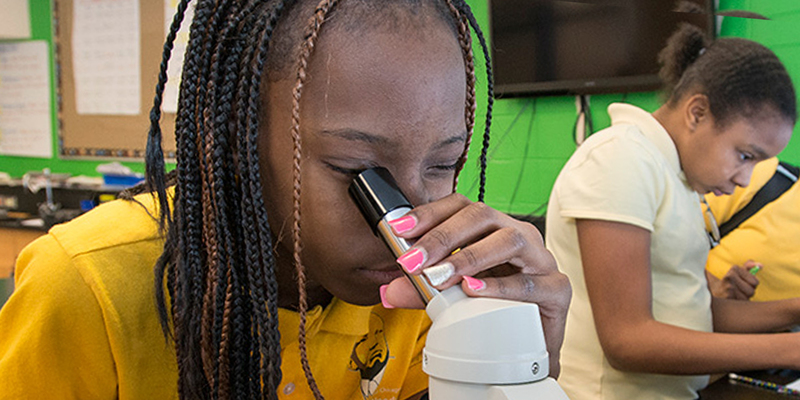Inclusive Economy Lab Exploring Community College Enrollment and Intensity
Traditionally, the path to higher education has taken the form of a student graduating from high school and enrolling in, and graduating from a four year institution. Though this route is still applicable for some students, many students undertake alternative pathways to attain a post-secondary education. For students who cannot afford the rising cost of college tuition, community colleges are a viable alternative to attaining education credentials.
Though community colleges offer students an alternative pathway to achieving a post-secondary education, little research has been done on the complex enrollment patterns of community college students. This report aims to better understand these enrollment patterns by examining the enrollment patterns of Chicago City College (CCC) students. Specifically, this report focuses on the 82,360 CCC students who first declared an intent to complete a certificate or degree and took a credit course between summer 2012 and spring 2016. The Inclusive Economy Lab hopes that by shedding light on CCC enrollment patterns, better services can be identified to help community college students.
Several findings have emerged from this study, with some of the key findings being:
-
CCC students have a myriad of ways of engaging in higher education such that no approach to attending CCC is truly “typical.”
-
The six major types of enrollment patterns identified from the data are Intermittent Persisters, Short-Term Students, Four-Term Persisters, Four-year Drop-In Students, Transfer Out Students, and Two-Year Drop-In Students.
-
Racial disparities emerged between these enrollment patterns, with Short-term Students, Four- Term Persisters, and Intermittent Persisters predominantly identifying as Black and Hispanic, while white students were overrepresented in patterns that display the highest rates of credential completion (Transfer Out students and both Drop-In patterns).
-
Community college students' enrollment patterns fluctuate in intensity and continuity over time, meaning that understanding these patterns requires looking beyond first-term intensity.
-
Community college enrollment is best understood in the context of students’ experiences and aspirations within the broader higher education landscape.
This study has established that students’ enrollment choices are varied and complex.





